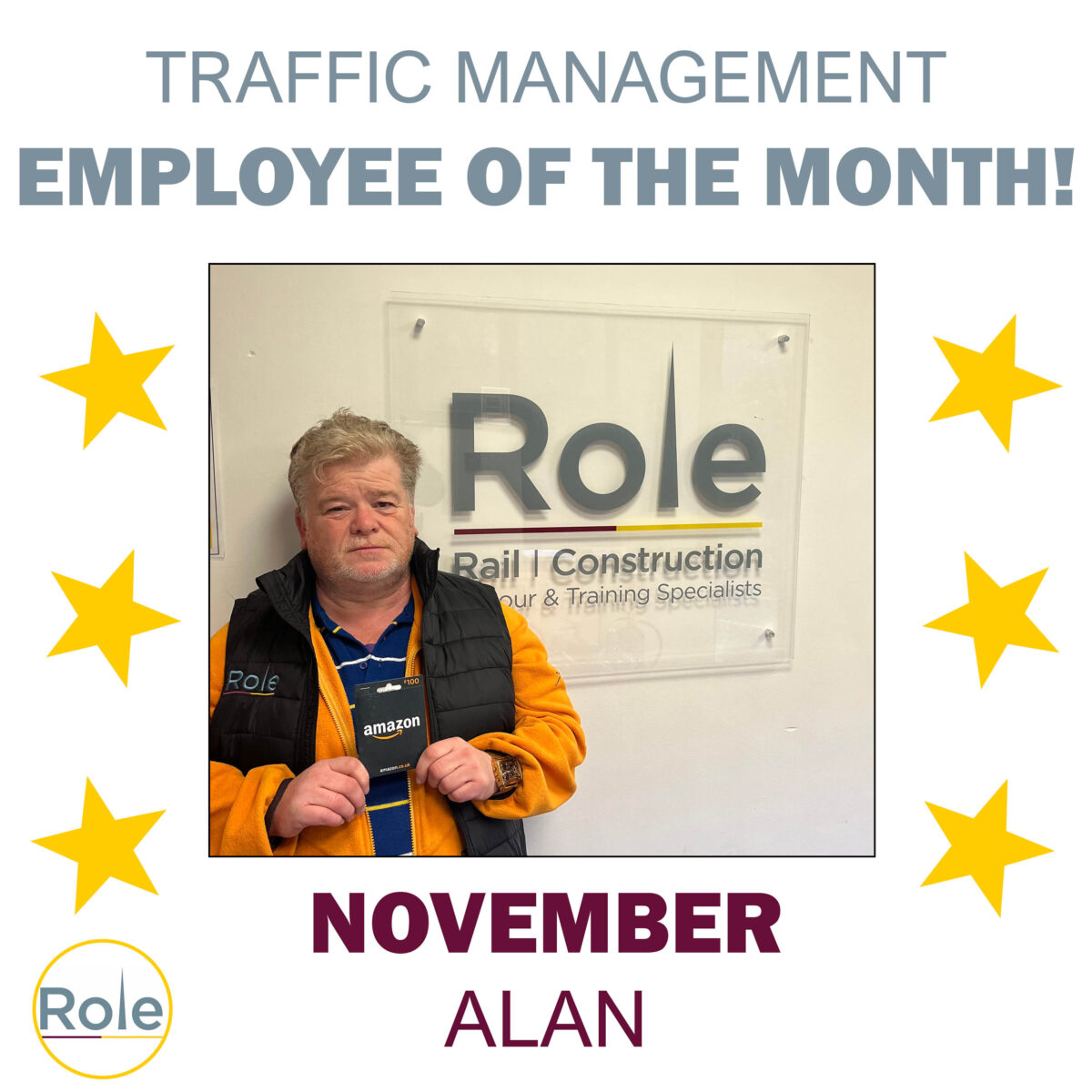The 1800s were a time of transformation in Britain, a leading light in the industrial revolution. Transport lay at the forefront of the industrial revolution and the ability to transport people, goods and services efficiently lies at the heart of all successful economies. The UK’s national railway took over the canal routes as the main trade arteries in the early part of the 19th century and by 1852 there were over 7000 miles of track in England and Scotland, connecting all of Britain’s major cities. The opportunities that opened up for the people of the time could be compared to how the internet has changed the way we live today.
In London, the original parts of the tube were built by 1863. It was the world’s first underground railway and went between Paddington and Farringdon, currently on the Metropolitan line. By 1880, the circle line was complete and in 1890 London introduced the world to the first deep level electric railway that went under the river Thames from the City of London to Stockwell. The tube grew quickly, with the addition of the central line, district line and the Bakerloo line by the early twentieth century.
This was at a time before the car was in common use and, above ground, horses were the main mode of private transport. Above ground horses pulled trams until they were replaced by steam and not until 1901, by electric trams.
The population of London grew from 1 million people in 1800 to nearly 7 million in 1900 as the urban sprawl expanded. Today the population of London is 8.5 million people. There are a many more demands on our railways and roads as more people travel daily and the products we use often travel a long way before arriving in our homes.
The London Underground is made up of 270 stations connected by 11 tube lines. The average daily number of passengers is 5 million and the total annual journeys are nearly 1.4billion. However, the underground is not delivered equally, with six of London’s 32 boroughs not served with a single underground station – Bexley, Bromley, Croydon, Kingston, Lewisham and Sutton. Over half, 55%, of the network is above ground.
The London Overground is a collection of a 112 stations which began operating as a single entity in 2007 and has helped relieve pressure on the tube network. The concept behind the Overground was to run orbital services around London. Since 2007, this has evolved from an extension of the old North London line to take in East and South London line extensions. Passenger numbers doubled with the opening of the East and South London line extensions in 2011 to 102million annually. By 2016 this number had risen to nearly 200 million.
Thameslink has 68 stations and runs 140 miles from north to south, Bedford through London to Brighton. The route connects St Pancras International for connections to the Eurostar. It is due for completion in December 2019 and will run trains through central London every two and a half minutes. Future plans include extending the service to a further 100 stations.
Perhaps the most famous newly awaited addition to London’s train network is Crossrail. It’s official name, the Elizabeth line and some less well known, and unofficial names: Bizzy Lizzy, the Lizard and the Purp. Crossrail will turn Farringdon station into London’s busiest train station as it will be the only station where passengers will be able to access Crossrail, Thameslink and London Underground.
Crossrail is the new high speed railway that runs under central London, from Shenfield and Abbey Wood in the east out to Heathrow and Reading in the west. Ten new stations have been built into existing stations inside London. Outside London, thirty stations have seen massive upgrades in preparation for Crossrail. It is anticipated that Crossrail will add 10% capacity to London Underground from the moment it opens. It will also connect London’s rail and underground in ways where many people will no longer need to transfer from train to tube to complete their journeys. It will shorten journey times for many Londoners.
London will always grapple its transport needs, attempting to add new transport systems to keep the city flowing while minimising inconveniences on existing commuters. For London, with a long established transport infrastructure, the creation of systems where new innovations and initiatives combine with the existing, and aging, infrastructure is key to expanding the horizons of the city and improving the quality of life for millions of the city’s inhabitants.





Role Group Limited & Role Training Limited
Unit 3
480 James Yard
Larkshall Rd
London E4 9UA
Keep up-to-date with all the latest news from Role Group.